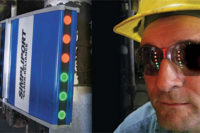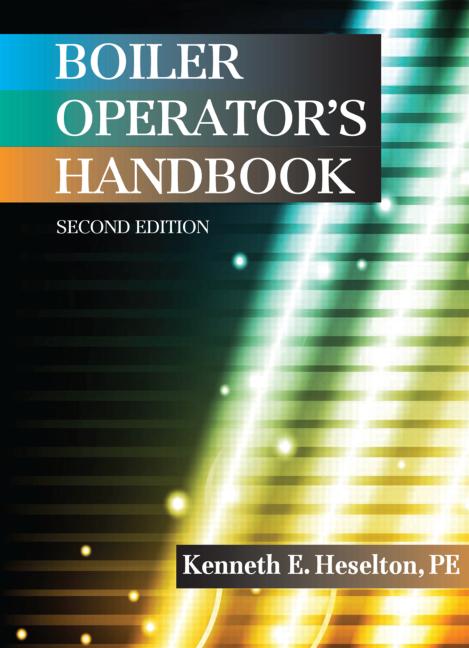
FIGURE 1 An actual improper
installation, which would have likely created dangerous conditions
and also disabled the instrumentation’s ability to react
accordingly.
Safety education and precautions can prevent a major accident or something as simple (and avoidable) as a bad burn during a repair.
It’s a fact that many power boilers that are actively producing steam in the United States are in violation of the requirements of the ASME Boiler Codes. The National Board of Pressure Vessels recently published data from 2009 indicating more than 20,000 violations were issued in 2009 relating to boiler controls. This information should be taken very seriously. This number of violations is alarming and speaks to neglect and poor maintenance practices.
Steam is required for a wide variety of applications, including power production, food processing, industrial product manufacturing, hospitals, chemical plants, and heating. In fact, many of these applications are in close proximity to considerable numbers of people, including children and the elderly. Operational safety must be a primary concern.
The need for steam will continue to be a part of our daily lives or as a component for the production of the products that we consume. Steam can be produced safely when the personnel are properly trained and the equipment is properly maintained. Section 1 of the ASME Boiler Code and Controls and Safety Devices for Automatically Fired Boilers (CSD-1, an ASME publication) are the key references that outline the minimum requirements for instrumentation and controls, which must be installed with power boilers.
In addition, plant rules or insurance carriers may specify additional instrumentation to be satisfied. It is the owner’s responsibility to properly maintain these ever-critical control devices in order to operate the boiler at a safe water level and to prevent over-pressure situations.
We at Clark-Reliance provide more time and documentation dedicated for the sole purpose of educating operators and maintenance personnel, state inspectors, contractors, and our representatives than most other manufactures that I know. We are one of the leading manufactures in the industry. We are located in Cleveland and have been in the boiler trim business for 125 years (since 1884). As a result of our proven experience, safety record, and education activities, we are frequently consulted for information. For example, we offer a document, titled “Boiler Guidelines for Drum Level Instrumentation”, to anyone who contacts us. The latest edition is from 2009.
INCIDENT AVOIDED
The following scenario is about information we received from a contractor who consulted us about an incorrect installation that could have ended with catastrophic results, had the boiler been permitted to operate.Figure 1 illustrates the original incorrect installation. If the boiler had been operated with this installation, water would have been trapped in the piping feeding the water column and the lower half of the water gauge glass. The low-water cutout and low-water alarm would not respond to a genuine low drum level condition with this installation. The result could have been disastrous.

FIGURE 2 The same installation,
corrected.
We believe that our ongoing efforts have prevented potential equipment damage and injuries, with the education and recommendations that we have conducted over many years. Some of our recommendations include action items that are as simple as installing insulation on external piping routing from the boiler to instrumentation. Some installations can be in confined locations that are difficult for plant personnel to maneuver around. The simple task of added insulation or an educated mechanic who repairs an instrument may prevent an accident or injury due to a burn, especially if direct contact with a hot steam or water piping can be prevented. For example, many individuals do not realize that a pipe carrying 500 PSI steam is actually operating at 467°F!
Another benefit for educating contractors and mechanics includes the review of critical information about the minimum size requirements for piping, the routing of drain piping to a safe location, and the employment of proper isolation valves constructed with appropriate materials and pressure ratings that meet or exceed the design pressure of the boiler.
CONCLUSION
In summary, level instrumentation and related piping on power boiler applications require judicious selection. Proper care to follow the original manufacturer’s repair procedures with OEM components when conducting repairs will maintain the integrity of the original design and the regulatory agency approvals, which is paramount for maximum safety.The original instrument manufacturer is always the best source for the most accurate and up-to-date information.TB




